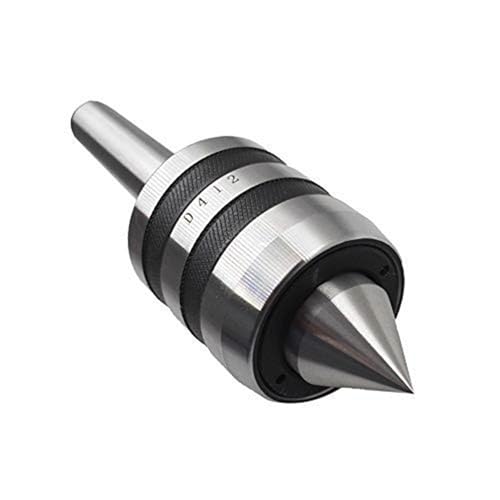Opening to exhaust late normally means back-pressure, loss of performance, etc. but on a compound... I don't know?? - If the piston has nearly reached the end of stroke, or even 10~or so degrees after BDC,,, then it is probably OK? Compounds do benefit from condensers and condenser condensate pumps that develop a vacuum on the exhaust. If the HP cylinder gets (say) 15psi, the LP cylinder may be getting 5psi or less. So may be more sensitive to back-pressure?
On the compound I regularly run, it starts "cold" - but warmed as the boiler pressure is rising, being barred until the engine decides there has been enough venting of condensate that it can start running safely (2 bottom drain s open, and top auto-drains working!). When it starts to kick, the boiler has usually reached around 10psi, but the engine really only develops a secure idle when it gets between 15 & 20psi... and it isn't venting much condensate. Then after a few more (5~10?) minutes of idling, it suddenly picks-up speed as the secondary cylinder clears its throat and starts to do some real work. At that point the steam supply can be turned down (usually boiler around 20psi, but throttled by the supply valve), or burner turned down so the supply is less than 15psi. 10 psi is adequate when the engine is off-load and well oiled, hot and running sweetly. Personally, I try and run at a turned-down burner, reduced boiler pressure and wide throttle. But a colleague runs the engine "on the throttle" (He is an OO-gauge electric motor powered train driver), when he maintains maybe 5psi over the required pressure. This (he says) means he doesn't lose pressure when he has to pump cold water into the boiler, which he does less frequently than I do. Or rather he tolerates the 5 psi drop of pressure and opens the throttle to keep the engine idling. I tend to give a single stroke of the feed pump every few minutes, rather than waiting for the boiler to be nearly empty, then pumping like Billy-O to fill the boiler!.
(N.B. Thanks for teaching that it is a "simpling" valve... I.E. it makes the engine a "simple-expansion" engine on the LP cylinder for starting, rather than being a compound!).
K2


















































![TurboCAD 2020 Designer [PC Download]](https://m.media-amazon.com/images/I/51UKfAHH1LL._SL500_.jpg)
















![DreamPlan Home Design and Landscaping Software Free for Windows [PC Download]](https://m.media-amazon.com/images/I/51kvZH2dVLL._SL500_.jpg)

















